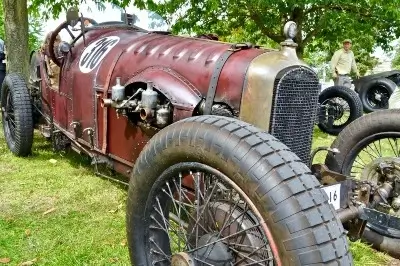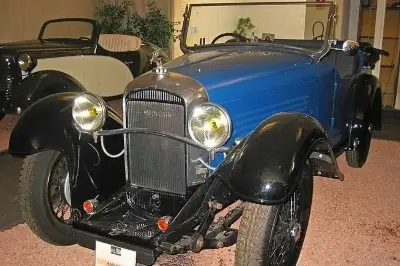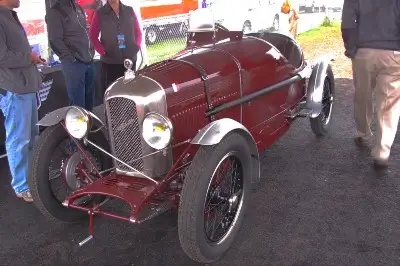Amilcar Tyres



Classic Amilcar Tyres
01302 711 123
or
Email: sales@longstonetyres.co.uk
Amilcar History
Joseph Lamy and Emile Akar formed Amilcar in July 1921. The name "Amilcar" was an imperfect anagram of the names of the partners. The company was founded in 34 rue du Chemin-Vert in Paris's 11th arrondissement. However, Amilcar outgrew their limited city-centre space, and in the middle of 1924, the firm relocated to Saint-Denis on the city's northern outskirts.
The first Amilcar was a little cyclecar. In October 1921, the car made its debut at the Paris Motor Show. The company was a major beneficiary of a cyclecar boom, which was sparked by a government initiative that promised a reduced rate of annual car tax for vehicles weighing no more than 350 kg, seating no more than two people, and powered by an engine of no more than 1100cc. When a vehicle exceeded these restrictions, it was no longer referred to be a cyclecar and was instead referred to as a voiturette.
During the late 1920s, the business ventured outside its original comfort zone of little, affordable automobiles, with mixed results. The founders, Akar and Lamy, who were becoming less interested in company management, were persuaded to enter into a commercial relationship with André Briès and Marcel Sée in 1931. Sée already knew Amilcar from the inside, having been fired from a position in the company's management in January 1929. In France, the early 1930s were years of economic difficulty, and by the end of 1933, a firm controlled by Briès and Sée named "Sofia" (Societe financiere pour l'automobile) gained actual control of Amilcar, which continued to operate under its previous name.
The purchase of Amilcar by "Sofia" in 1933 did not alleviate the financial strains. The plant at Saint-Denis closed for the last time at the end of August 1934, still facing dismal sales numbers, while management tried to salvage the firm. A new model was plainly required, and in October 1934, the firm unveiled the new 2-litre (12CV) Amilcar Pégase, powered by a Delahaye 4-cylinder ohv 2150 cc engine. The Pégase also had a competition variant with a 2490 cc (14CV) engine. After the smaller Amilcar models were withdrawn in October 1935, the Pégase was the only Amilcar model mentioned, built under drastically reduced conditions at facilities in Boulogne-Billancourt.
The front-wheel-drive Amilcar Compound was technologically sophisticated for its day, with a monocoque frame constructed of light alloy and independent suspension all around. Its engine was a four-cylinder side-valve unit of 1185 cc at the time of its debut. By the summer of 1939, production prototypes for an upgraded Compound with an OHV 1340 cc engine were running, and this variant was booked for an October launch at the 1939 Paris Motor Show, however, the motor show was cancelled and the launch was postponed due to France's declaration of war on Germany in early September 1939. The Amilcar was sadly not resumed after World War II.
